Chikkamagaluru and Dakshina Kannada. Species that live here include the leopard, bear, gaur, sambar, jackal, mongoose, tiger, wild dog, spotted deer, barking deer, and giant flying squirrel. Furthermore, the park is inhabited by several kinds of other species, such as the Malabar trogon, Malabar whistling thrush, and imperial pigeon. It is heaven for nature lovers and trekkers alike. From hill terrain to various species of animals, there is a lot Kudremukh Wildlife Sanctuary has to offer.
Location
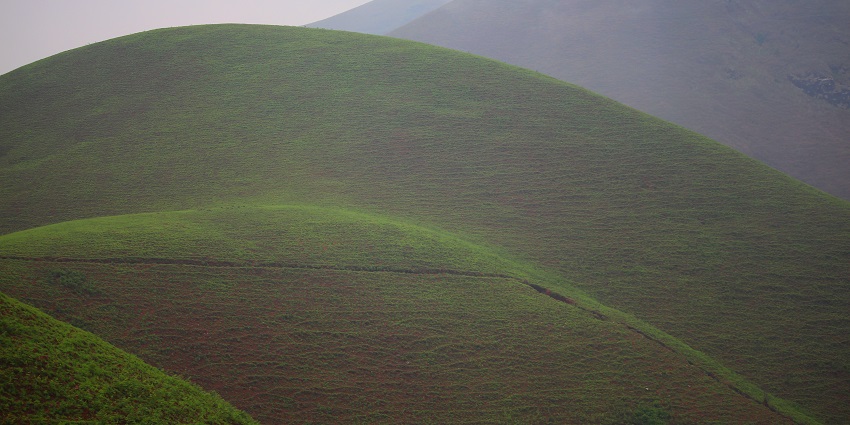
Photo: Vaibhav Dautkhani / Wikimedia Commons
Kudremukh National Park is located in the Western Ghats region of Karnataka, India, near the meeting point of the Dakshina Kannada, Udupi, and Chikmagalur districts. The national park is easily accessible from nearby cities, including Karkala (approximately 60 kilometres) and Horanadu/Kalasa (around 15 kilometres).
Suggested Read: Bandipur National Park
How To Reach
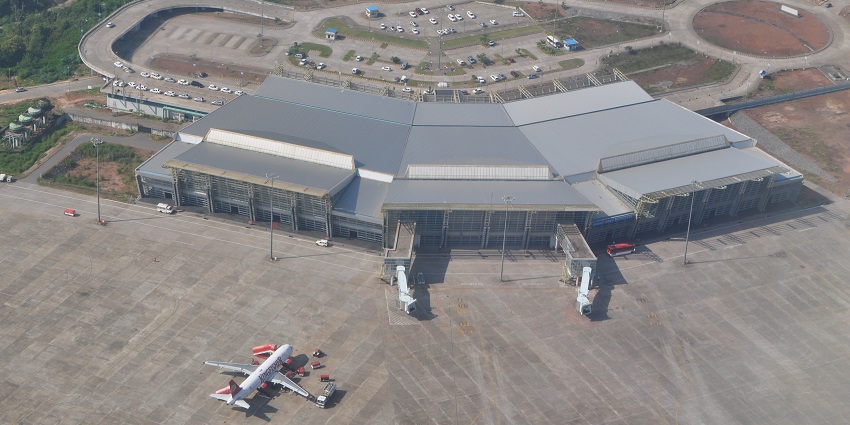
Photo: Premnath Kudva / Wikimedia Commons
By Air: The closest airport to Kudremukh National Park is Mangalore International Airport, which is located approximately 100 kilometres away. You can travel to the park by taxi or by bus from the airport.
By Road: The nearest major railway station is Mangalore, which is around 100 km from the Kudremukh Wildlife Sanctuary. You can go from Mangalore to Kudremukh by taxi or bus.
By Rail: Kudremukh is well-connected via road. You can drive or rent a taxi from Mangalore or other neighbouring cities, such as Bangalore (320 km) or Hassan (15 kilometres). Buses run from major cities to Kalasa and Kudremukh, two surrounding cities.
Things To Do At Kudremukh National Park
The national park is famous for its tall peak and the multitude of birds that call it their home. Here are some activities you can indulge in when visiting Kudremukh National Park.
1. Bird Watching
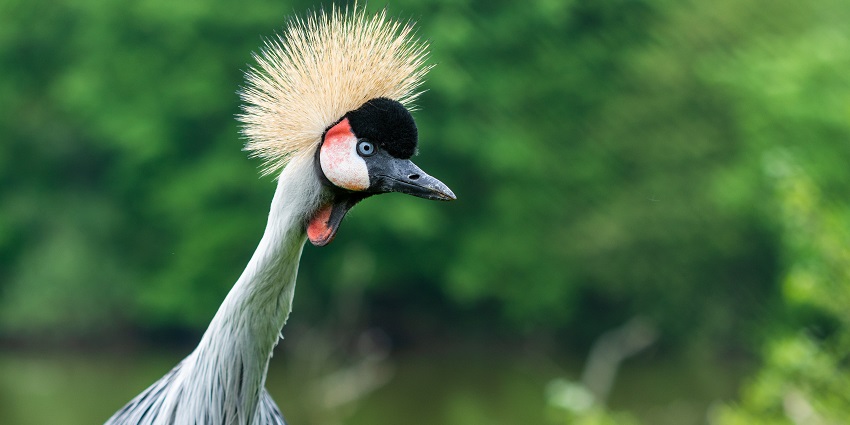
Photo: Anonymous / PxHere / Image For Representation Only
Over 200 species of birds reside or visit during the migratory season to the forests of Kudremukh. The park is famous for its rare bird species, which include the Malabar Trogon, Nilgiri Wood Pigeon, and Great Indian Hornbill. You can often see these species of birds in the park’s rich forests. Kudremukh National Park, located in the Western Ghats, is a birdwatcher’s paradise, with a diverse range of ecosystems, including evergreen woods, grasslands, and streams.
Location: Kudremukh National Park
Timing: 6 AM – 6 PM
Suggested Read: Bannerghatta National Park
2. Hiking
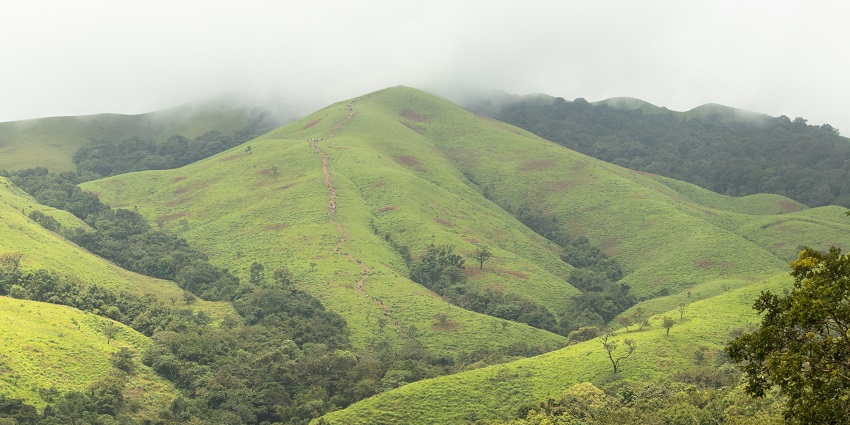
Photo: iMahesh / Wikimedia Commons
The Kudremukh Peak is an unforgettable experience for hikers and trekkers. The height of approximately 1,900 meters allows breathtaking views of blue skies, hilly terrain, deep jungles, and green pastures. A combination of the amazing scenery is sure to take your breath away. Depending on where you start, there are many trekking routes you can choose, so prepare in advance. Since camping is prohibited on park premises, you might be able to complete it in a single day. The park ranger’s office allows the activity from daybreak to sunset.
Location: Kudremukh Peak
Timing: 6 AM – 6 PM
3. Spotting Wildlife
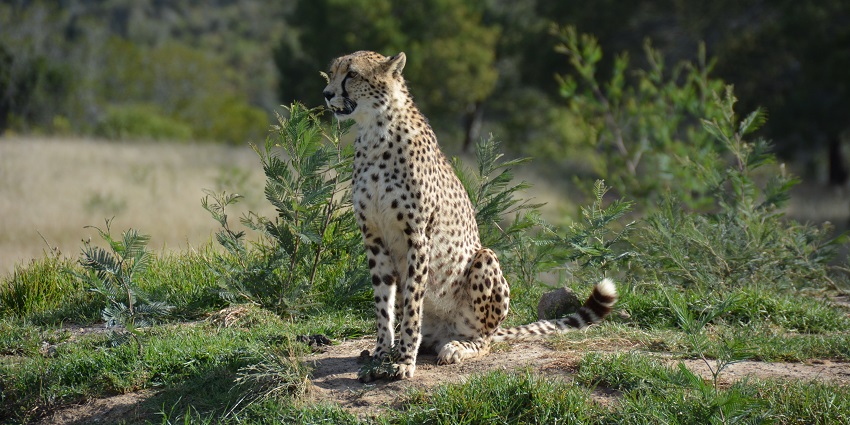
Photo: Anonymous / PxHere / Image For Representation Only
The park is home to a broad variety of wildlife, such as tigers, leopards, wild canines, Malabar giant squirrels, common langurs, sloth bears, and more, which means you’ll have enough to see. Aside from this, there are more than 200 kinds of birds in the national park, which you can easily spot if you have the eye for it and enjoy watching the birds.
Location: Kudremukh Peak
Timing: Timing: 6 AM – 6 PM, but the birds are mostly seen early in the morning.
Suggested Read: Dandeli Wildlife Sanctuary
Best Places To Visit Nearby
Here are some places to visit near Kudremukh National Park.
1. Hanuman Gundi Falls
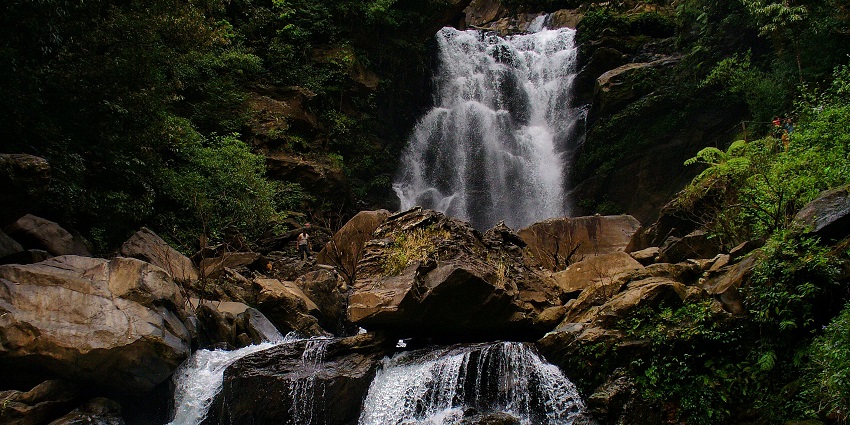
Photo: ACKSEN / Wikimedia Commons
Hanuman Gundi Falls is an astounding beauty of nature that pours from a height of around 100 feet through rugged terrain. Surrounded by deep jungles, the falls provide a calm and picturesque setting for nature lovers and photographers. The rocky route ascending to the falls is a short but thrilling hike that rewards travellers with incredible views and the soothing sound of falling water. It’s perfect for a relaxing picnic or taking a refreshing dip in the fresh, clean water at the bottom of the waterfall.
Distance: Around 28.5 km from Kudremukh National Park
Timing: 9 AM – 5 PM
2. Karkala
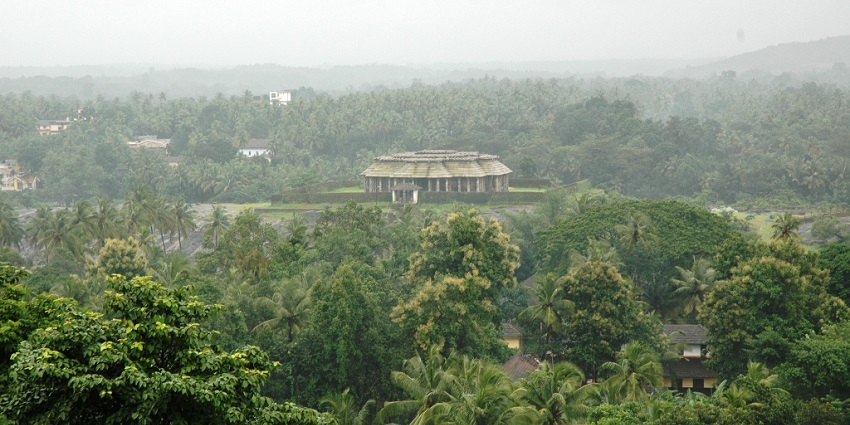
Photo: Shivanayak / Wikimedia Commons
Karkala is a town rich in history and is of religious importance. It is well-known because of its ancient Jain history, with a particularly noteworthy sight being the 42-foot-tall monolithic statue of Gomateshwara (Bahubali), which towers on a hill, giving visitors a sweeping view of the surrounding environment. The town also has many historic Jain Basadis (temples), such as the Chaturmukha Basadi, which is finely sculpted and has four entrances. Karkala’s blend of spiritual peace and ancient buildings makes it a must-see location.
Distance: About 60 km from Kudremukh National Park
Timing: Open 24 hours
Suggested Read: Top Places To Visit In Karkala For A Spiritual Endeavour
3. Horanadu
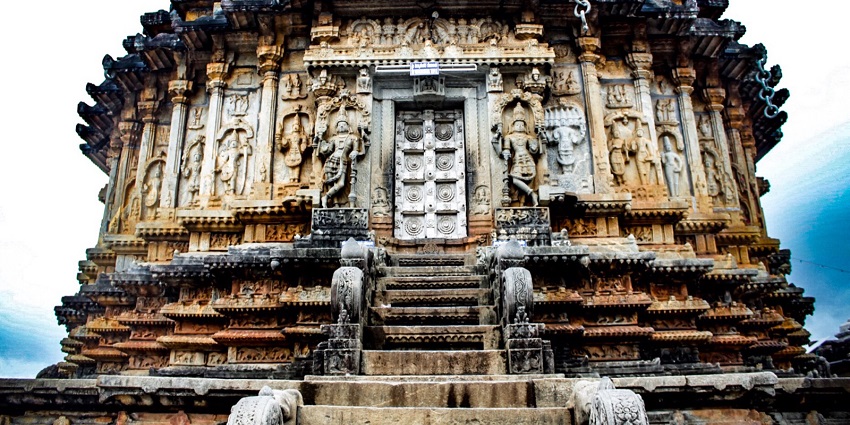
Photo: Kgpramod2 / Wikimedia Commons
Horanadu is a peaceful town set in the Western Ghats, famous for the holy Annapoorneshwari Temple. Devoted to the goddess Annapoorneshwari, the temple attracts worshipers seeking favours for wealth and nourishment. The temple’s beautiful architecture, situated against a backdrop of verdant forests and hilly terrain, increases the spiritual aura. Tourists are greeted with a traditional meal as a symbol of the goddess’s favours. Horanadu’s calm ambience, along with the temple’s religious significance, makes it a perfect retreat for travellers and nature lovers.
Distance: Around 15 km from Kudremukh National Park
Timing: Open 24 hours
Where To Stay
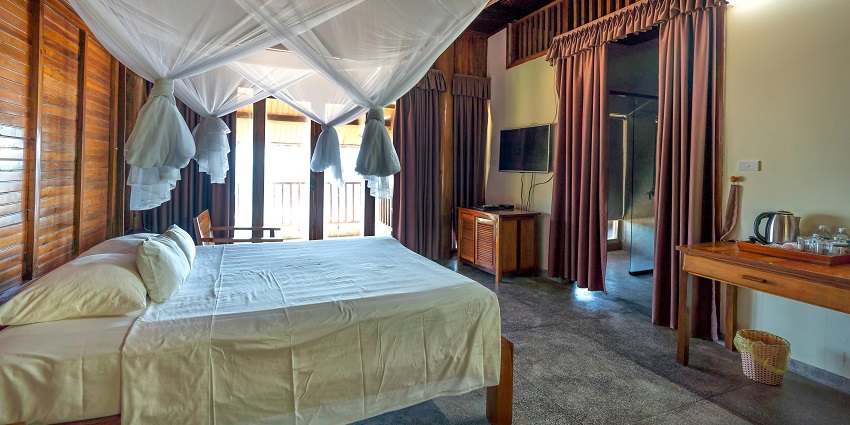
Photo: Quang Nguyen Vinh / Pexels / Image For Representation Only
Visitors travelling to Kudremukh National Park have lots of options for accommodation that meet their preferences. Silent Valley Resort provides spacious cabins surrounded by natural landscape, suitable for a peaceful retreat. Kudremukh Nature Camp, maintained by the Karnataka Forest Department, offers a more rural experience with tents and dorms for nature lovers. Upasana Retreat, located near Kalasa, offers peaceful surroundings with amazing views of the Western Ghats and its surroundings.
Suggested Read: Ranganathittu National Park
Where To Eat
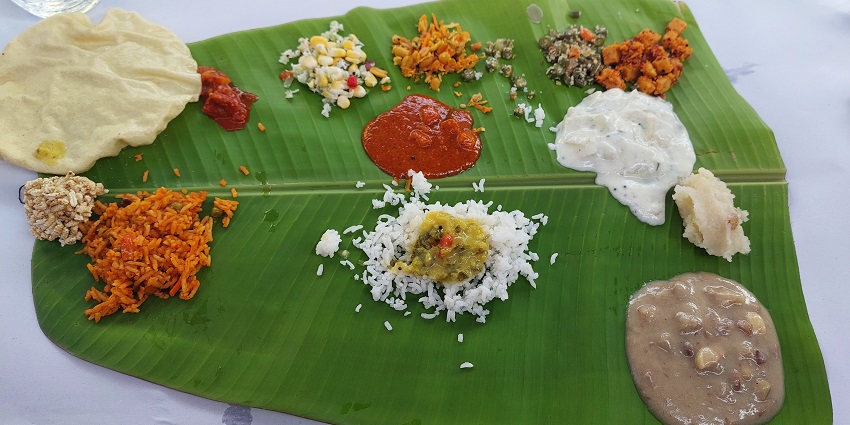
Photo: Kalesh / Wikimedia Commons
Dining options around Kudremukh are limited, with the majority available in nearby cities such as Kalasa and Karkala. The Silent Valley Resort serves authentic South Indian cuisine with beautiful surroundings. RiverMist Resort in Kalasa delivers home-style meals with an emphasis on traditional Malnad cuisine. Hotel Advaith Lancer in Karkala serves an assortment of vegetarian and non-vegetarian dishes, including regional favourites. Small eateries in Kalasa serve simple but delicious South Indian food such as dosas, idlis, and rice dishes, allowing visitors to taste local culinary traditions.
Best Time To Visit
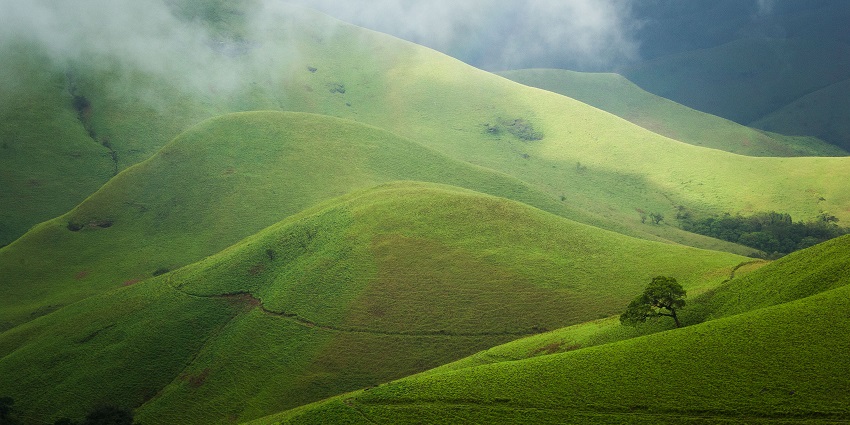
Photo: Manu gangadhar / Wikimedia Commons
The best time to visit Kudremukh National Park falls between October and February. During these months, the temperature is mild and pleasant, ideal for trekking, wildlife viewing, and admiring the park’s rich foliage. The post-monsoon season turns the terrain into a tropical paradise, with rivers and waterfalls in full flow. March to May is also a fantastic season to go wildlife viewing, but a little warmer compared to winter. The rainy season (June to September) is best avoided because heavy rains can make treks difficult and roads risky.
Suggested Read: Nagarhole National Park
Other Factors To Consider
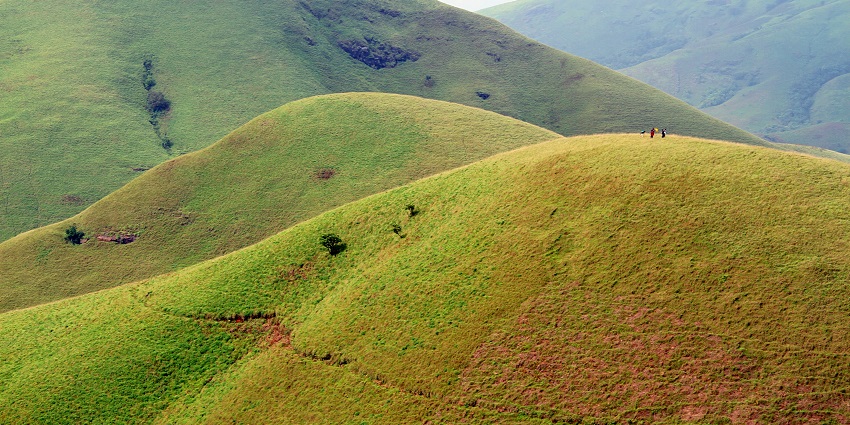
Photo: Dhruvaraj S / Wikimedia Commons
- Permits: Ensure you obtain the necessary permits from the forest department for trekking and entry into restricted areas of the park.
- Entry Fees: The entry fee to visit Kudremukh National Park is INR 200 for Indians and INR 1000 for foreign tourists.
- Stay Hydrated: Carry enough water, especially during treks, as the park’s trails can be long and challenging.
- Wildlife Caution: Maintain a safe distance from wildlife and avoid feeding animals. Stick to designated trails to minimise disturbances to the ecosystem.
- Do Not Litter: Avoid littering and discard all the trash to help keep the park clean.
- Timing: One can visit the national park from 10 AM – 5 PM.
Kudremukh National Park, with its magnificent scenery, diversified fauna, and rich biodiversity, provides an unforgettable and rewarding experience for nature lovers and adventurers. Whether you’re trekking across its verdant hills, admiring the beautiful waterfalls, or observing endangered bird species, the park’s serene environment presents the ideal escape into nature. With careful planning, respect for the environment, and an overwhelming feeling of adventure, the trip to Kudremukh will be both memorable and rewarding. Book your trip to the wildlife sanctuary with TripXL today!
Cover Photo: Vikas Rumale / Wikimedia Commons


 WhatsApp
WhatsApp
 Twitter
Twitter









